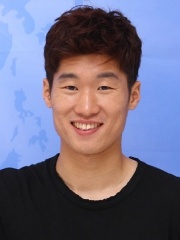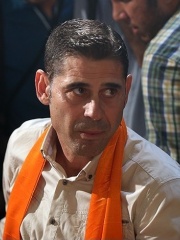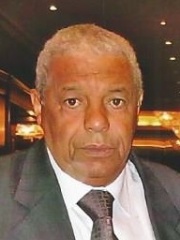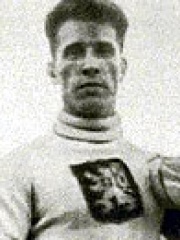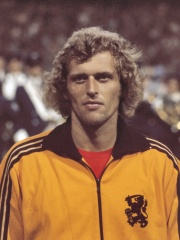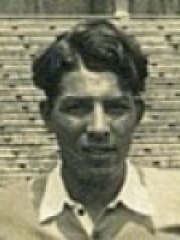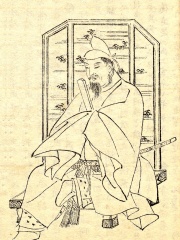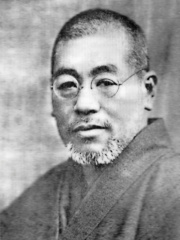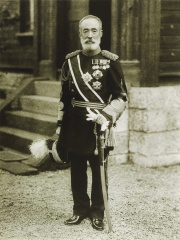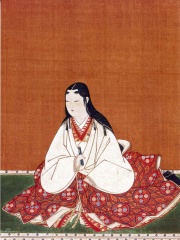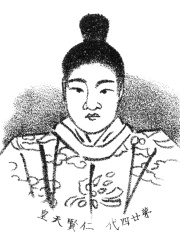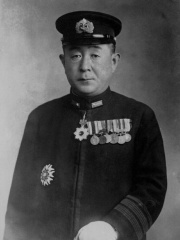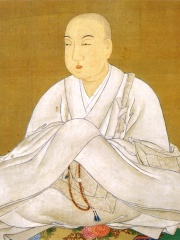SOCCER PLAYER
Masao Takada

 Masao Takada
Masao Takada
Masao Takada (高田 正夫, Takada Masao) was a Japanese football player. He played for Japan national team. Read more on Wikipedia
His biography is available in 51 different languages on Wikipedia. Masao Takada is the 304th most popular soccer player (up from 976th in 2024), the 281st most popular biography from Japan (up from 764th in 2019) and the 60th most popular Japanese Soccer Player.
Masao Takada is most famous for being a Japanese businessman who was the founder of the company Takada Industries. He is also known for his work as a politician and philanthropist.
Memorability Metrics
Page views of Masao Takada by language
Among SOCCER PLAYERS
Among soccer players, Masao Takada ranks 304 out of 21,273. Before him are Tatsuya Shiji, Park Ji-sung, Fernando Hierro, Michael Ballack, Hisao Kami, and Jair da Costa. After him are František Plánička, Careca, Akira Nozawa, Piet Keizer, Fernando Torres, and Yukio Goto.
Most Popular Soccer Players in Wikipedia
Go to all RankingsTatsuya Shiji
1938 - Present
HPI: 67.33
Rank: 301
Park Ji-sung
1981 - Present
HPI: 67.32
Rank: 302
Fernando Hierro
1968 - Present
HPI: 67.29
Rank: 303
Michael Ballack
1976 - Present
HPI: 67.27
Rank: 304
Hisao Kami
1941 - Present
HPI: 67.26
Rank: 305
Jair da Costa
1940 - 2025
HPI: 67.21
Rank: 306
Masao Takada
HPI: 67.21
Rank: 307
František Plánička
1904 - 1996
HPI: 67.18
Rank: 308
Careca
1960 - Present
HPI: 67.18
Rank: 309
Akira Nozawa
1914 - 2000
HPI: 67.17
Rank: 310
Piet Keizer
1943 - 2017
HPI: 67.16
Rank: 311
Fernando Torres
1984 - Present
HPI: 67.16
Rank: 312
Yukio Goto
HPI: 67.16
Rank: 313
In Japan
Among people born in Japan, Masao Takada ranks 281 out of 6,245. Before him are Sugawara no Michizane (845), Mikao Usui (1865), Tatsuya Shiji (1938), Nogi Maresuke (1849), Hisao Kami (1941), and Rumiko Takahashi (1957). After him are Oichi (1547), Akira Nozawa (1914), Emperor Ninken (449), Tamon Yamaguchi (1892), Emperor Seiwa (850), and Yukio Goto (null).
Others born in Japan
Go to all RankingsSugawara no Michizane
WRITER
845 - 903
HPI: 67.34
Rank: 275
Mikao Usui
RELIGIOUS FIGURE
1865 - 1926
HPI: 67.34
Rank: 276
Tatsuya Shiji
SOCCER PLAYER
1938 - Present
HPI: 67.33
Rank: 277
Nogi Maresuke
MILITARY PERSONNEL
1849 - 1912
HPI: 67.28
Rank: 278
Hisao Kami
SOCCER PLAYER
1941 - Present
HPI: 67.26
Rank: 279
Rumiko Takahashi
COMIC ARTIST
1957 - Present
HPI: 67.23
Rank: 280
Masao Takada
SOCCER PLAYER
HPI: 67.21
Rank: 281
Oichi
POLITICIAN
1547 - 1583
HPI: 67.18
Rank: 282
Akira Nozawa
SOCCER PLAYER
1914 - 2000
HPI: 67.17
Rank: 283
Emperor Ninken
POLITICIAN
449 - 498
HPI: 67.17
Rank: 284
Tamon Yamaguchi
MILITARY PERSONNEL
1892 - 1942
HPI: 67.16
Rank: 285
Emperor Seiwa
POLITICIAN
850 - 881
HPI: 67.16
Rank: 286
Yukio Goto
SOCCER PLAYER
HPI: 67.16
Rank: 287
Among SOCCER PLAYERS In Japan
Among soccer players born in Japan, Masao Takada ranks 60. Before him are Masanori Tokita (1925), Shumpei Inoue (null), Kikuzo Kisaka (null), Shiro Teshima (1907), Tatsuya Shiji (1938), and Hisao Kami (1941). After him are Akira Nozawa (1914), Yukio Goto (null), Ken Noritake (1922), Junji Nishikawa (1907), Takeshi Kamo (1915), and Koichi Oita (1914).
Masanori Tokita
1925 - 2004
HPI: 67.42
Rank: 54
Shumpei Inoue
HPI: 67.42
Rank: 55
Kikuzo Kisaka
HPI: 67.39
Rank: 56
Shiro Teshima
1907 - 1982
HPI: 67.39
Rank: 57
Tatsuya Shiji
1938 - Present
HPI: 67.33
Rank: 58
Hisao Kami
1941 - Present
HPI: 67.26
Rank: 59
Masao Takada
HPI: 67.21
Rank: 60
Akira Nozawa
1914 - 2000
HPI: 67.17
Rank: 61
Yukio Goto
HPI: 67.16
Rank: 62
Ken Noritake
1922 - 1994
HPI: 67.11
Rank: 63
Junji Nishikawa
1907 - Present
HPI: 67.09
Rank: 64
Takeshi Kamo
1915 - 2004
HPI: 67.08
Rank: 65
Koichi Oita
1914 - 1996
HPI: 67.08
Rank: 66

